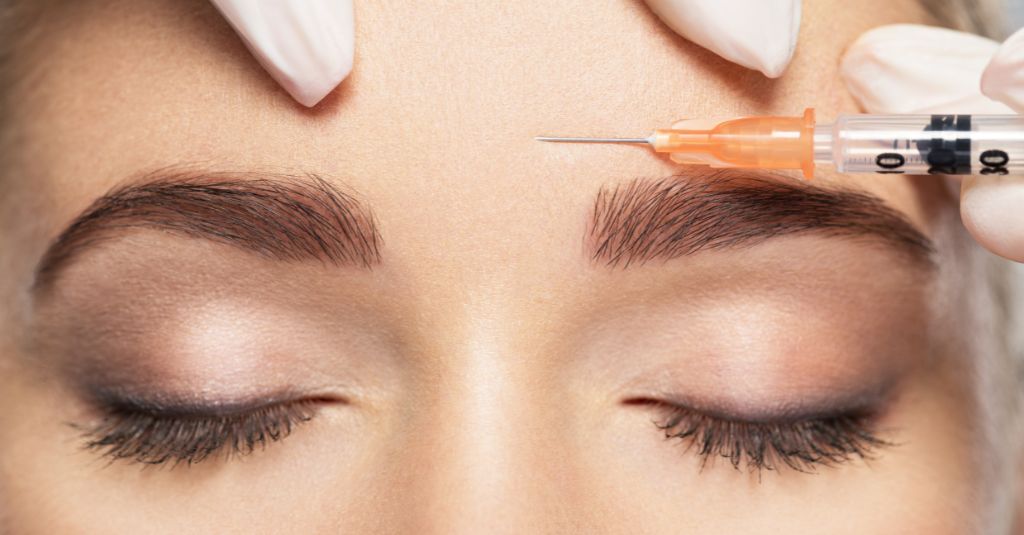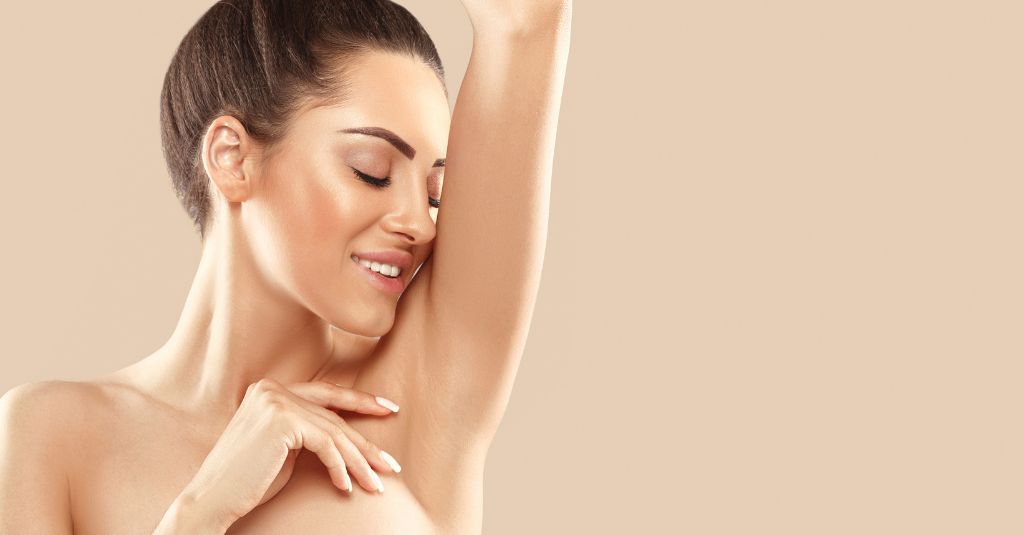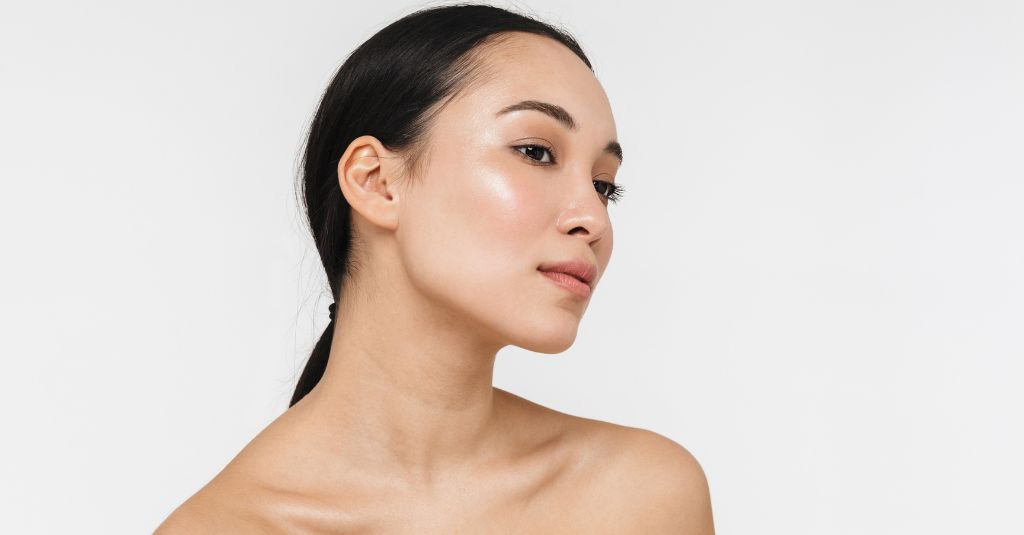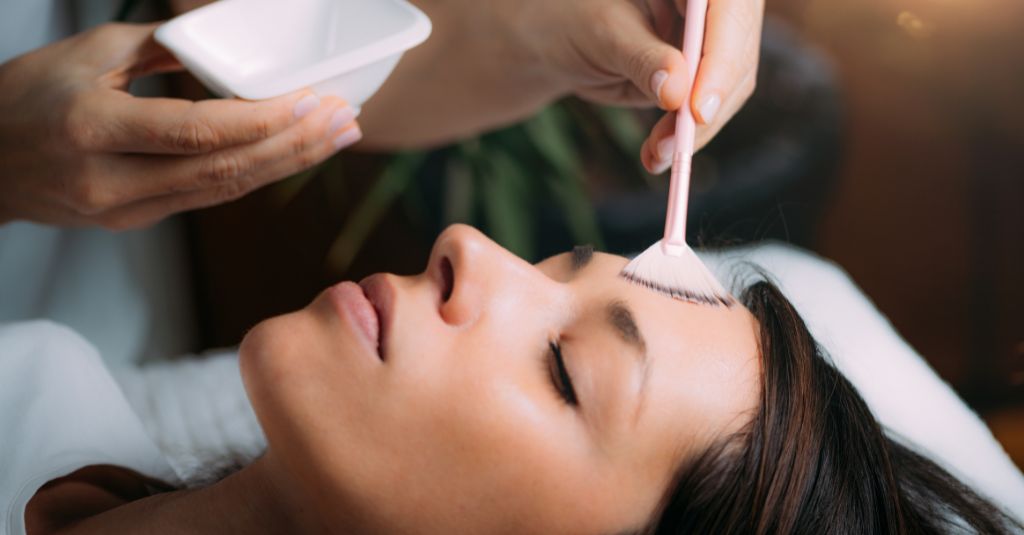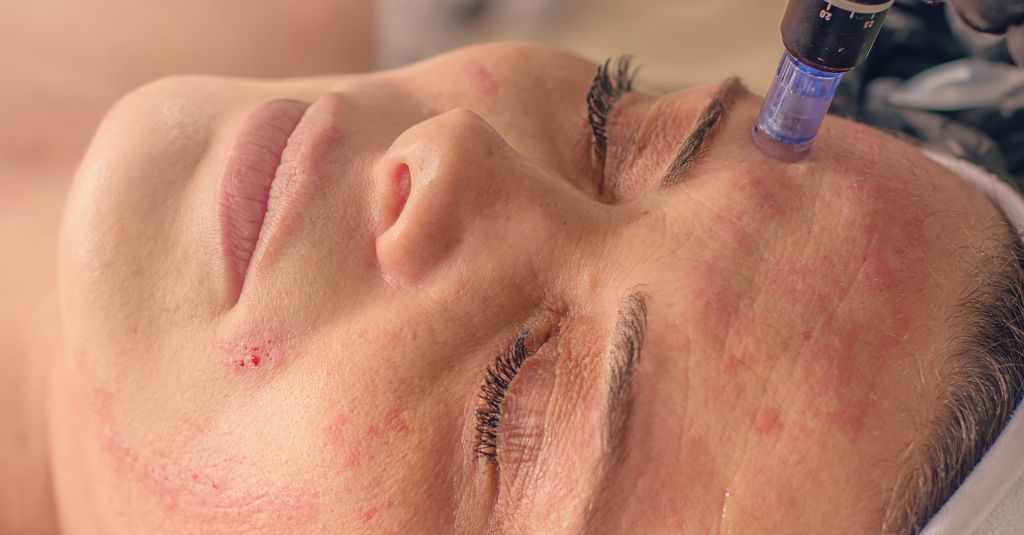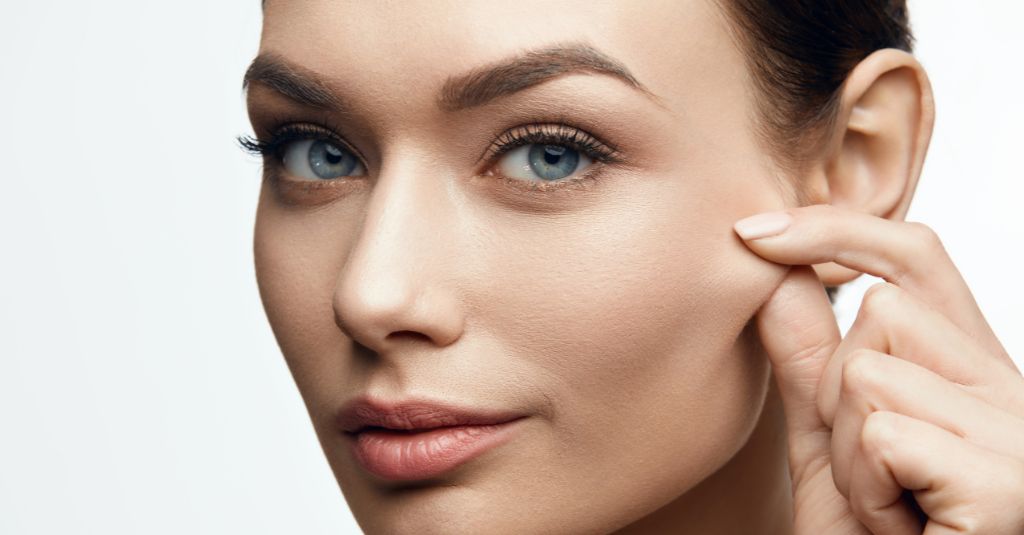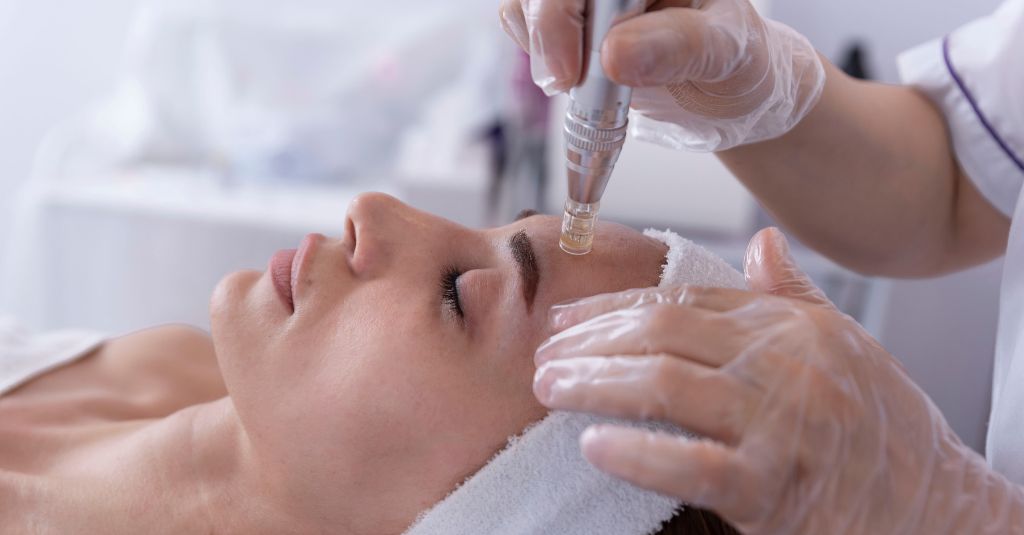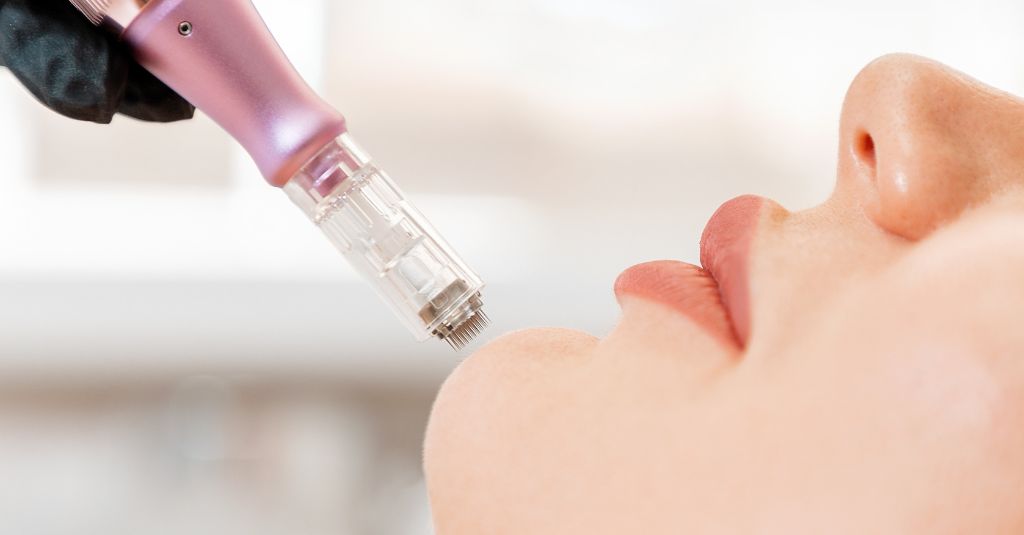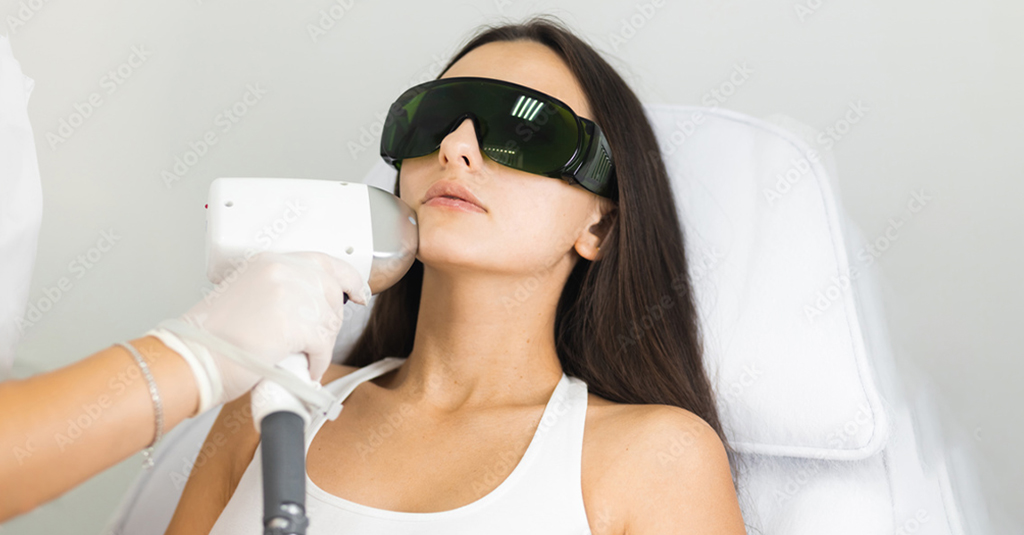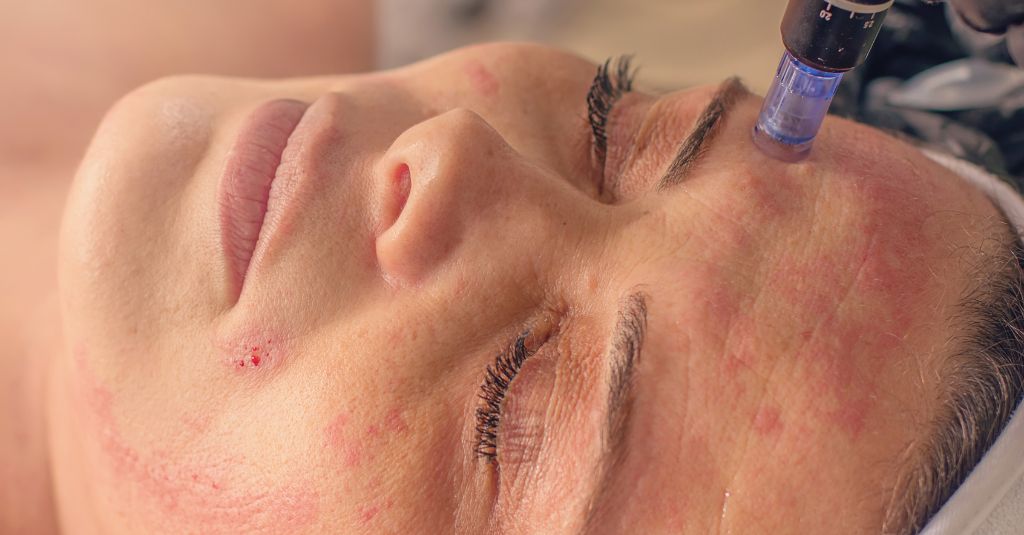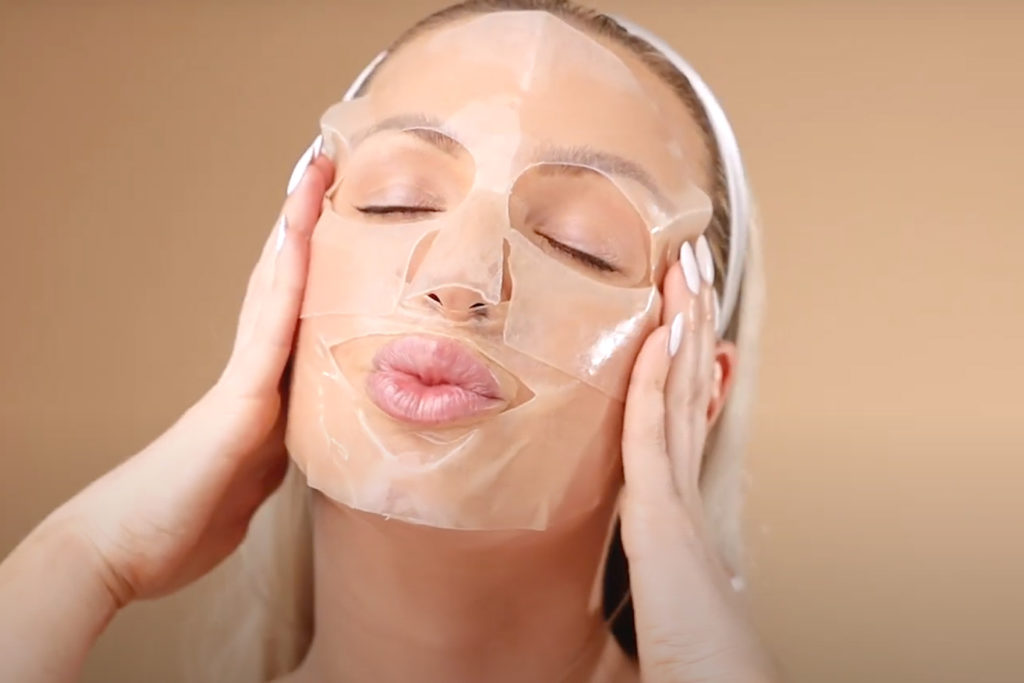Fillers and Botox: An Introduction to the World of Cosmetic Enhancements
In the quest for youthful, radiant skin, many turn to cosmetic treatments to reverse or delay the signs of aging. Two of the most popular treatments in this realm are fillers and Botox. But what exactly are they, and how do they work? Let’s dive into an introductory guide to these sought-after procedures.
1. Botox: The Wrinkle Relaxer
What is Botox?
Botox is a brand name for a toxin produced by the bacterium Clostridium botulinum. In small doses, this toxin can reduce the appearance of facial wrinkles.
How Does Botox Work?
Botox works by blocking nerve signals in the muscles where it’s injected. Without these signals, the muscle can’t contract, leading to softened and relaxed wrinkles.
Common Areas for Botox Treatment:
– Forehead lines
– Crow’s feet (lines around the eyes)
– Frown lines (between the eyebrows)
Duration:
The effects of Botox typically last three to six months. As muscle action gradually returns, the lines and wrinkles begin to reappear and need to be treated again.
2. Fillers: The Volume Restorers
What are Fillers?
Dermal fillers, often just called “fillers,” are gel-like substances injected beneath the skin to restore lost volume, smooth lines, or enhance facial contours.
Types of Fillers:
– Hyaluronic Acid (HA): A naturally occurring substance in our skin, HA fillers (like Juvederm and Restylane) can rejuvenate the face by adding volume and smoothing lines.
– Polylactic Acid: A biocompatible (meaning it’s safe to use in the body) synthetic substance, it helps stimulate your skin’s natural collagen production.
– Calcium Hydroxylapatite: Found naturally in human bones, this type of filler is used for deeper lines and wrinkles.
Common Areas for Filler Treatment:
– Cheeks (for volume and lift)
– Lips (for enhancement)
– Around the mouth (to smooth lines)
Duration:
Depending on the type of filler and the area treated, results can last anywhere from six months to two years.
3. Safety and Side Effects
Both Botox and fillers have a long track record of safety when administered by trained professionals. However, like all procedures, there are potential side effects:
Botox:
– Pain or bruising at the injection site
– Headache
– Droopy eyelids or eyebrows (temporary)
Fillers:
– Redness or bruising
– Swelling
– Asymmetry
– Lumps or bumps
It’s essential to consult with a board-certified dermatologist or plastic surgeon to discuss potential risks and benefits tailored to your needs.
Conclusion
Fillers and Botox offer non-surgical avenues to achieve a more youthful and refreshed appearance. While they can produce remarkable results, it’s crucial to have realistic expectations and understand that they offer temporary solutions. If you’re considering either treatment, research thoroughly, and always prioritize safety by seeking reputable professionals for consultation and treatment.
Recommendation to read:

